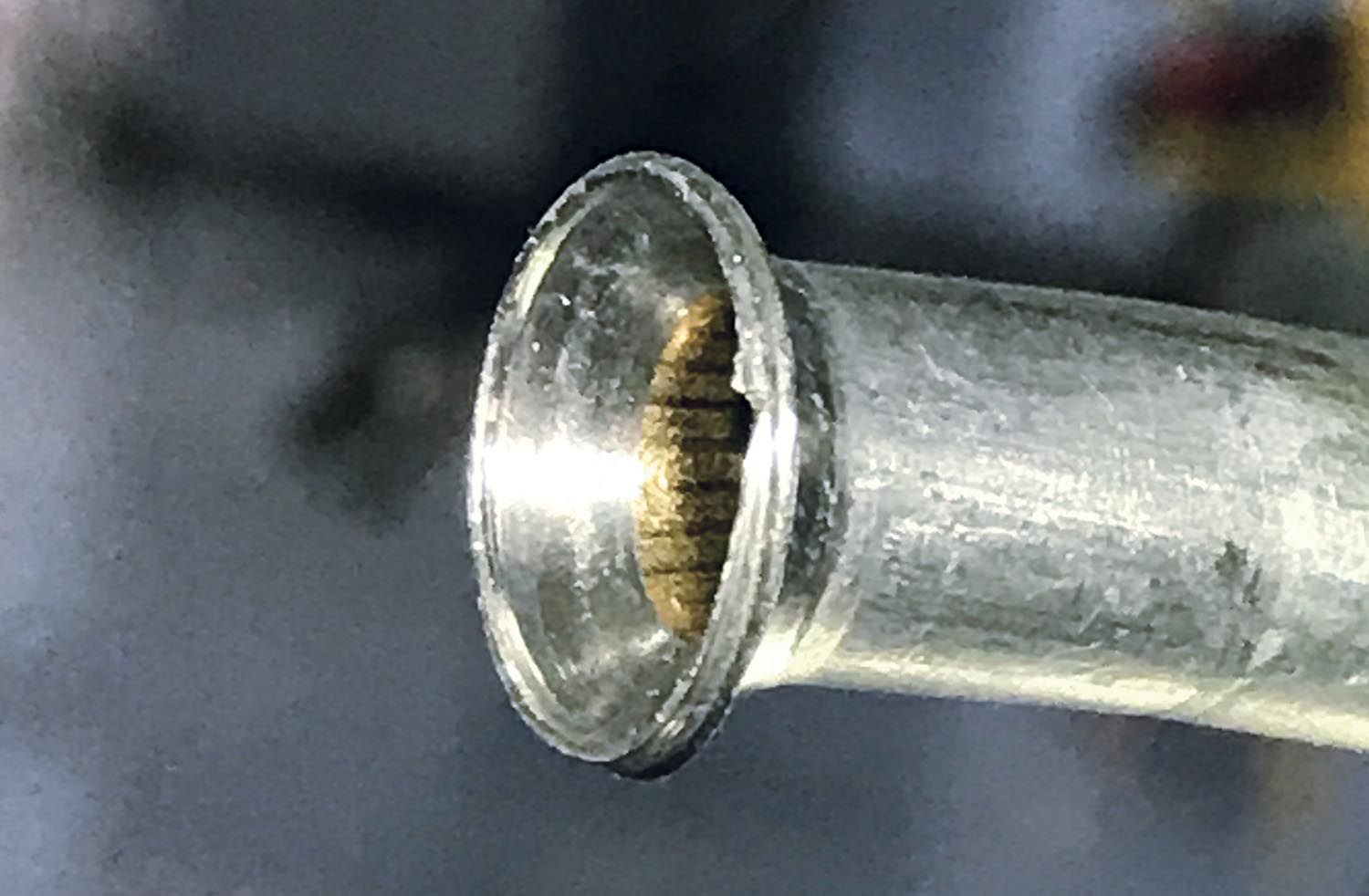 A major fuel leak was discovered on this airplane not long after the first flight. The majority of the fuel in the tank leaked out overnight. The culprit was a cracked flare at the tank pickup, as well as the use of an improper flaring tool. Standard AN fittings require a 37-degree flare, not the typical 45-degree flare used in the automotive industry.
A major fuel leak was discovered on this airplane not long after the first flight. The majority of the fuel in the tank leaked out overnight. The culprit was a cracked flare at the tank pickup, as well as the use of an improper flaring tool. Standard AN fittings require a 37-degree flare, not the typical 45-degree flare used in the automotive industry.
Be careful when you purchase your flaring tool!











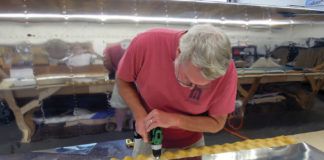
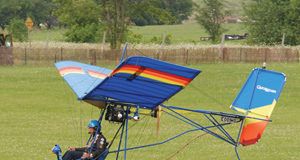
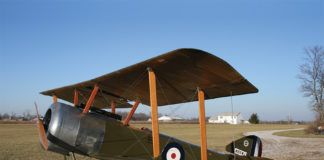
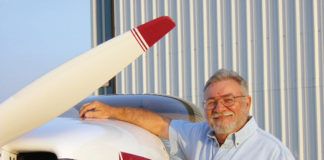
To my eye, the real problem shown in this picture above is the depth of the flange. It is plain to see the crimped metal at the end of the flared section of pipe,.This flare should be roughly HALF as “tall” as is shown, and the joint may well not have even leaked if the (should-have-been 37deg) flare was not so “deep”.
It is a common mistake to flare too much of the pipe end, thus forcing the metal to deform/fold/crimp/buckle under the threads beyond the sloped section of the fitting. This “over-flaring” happens all the time in HVAC scenarios, often leads to leaks, and is easily avoidable by using proper pipe flaring technique. When flaring, the FINISHED flare of the pipe should be flush with the face of the clamping/holding portion of the flare tool. Usually we level the yet-to-be-flared pipe with the face of the clamp tool, and thus don’t allow for stretch during the flaring process (and subsequent tightening of the fitting).
The correct, less-is-more technique allows the metal of the flared pipe to actually stretch and properly seal to the fitting (without seating oil or pipe thread, ever!), which it cannot properly do if there is too much metal presented to the fitting and threads. Even using a 37deg mandrel in the above scenario may not have prevented this leak! My two cents.
Happy building!